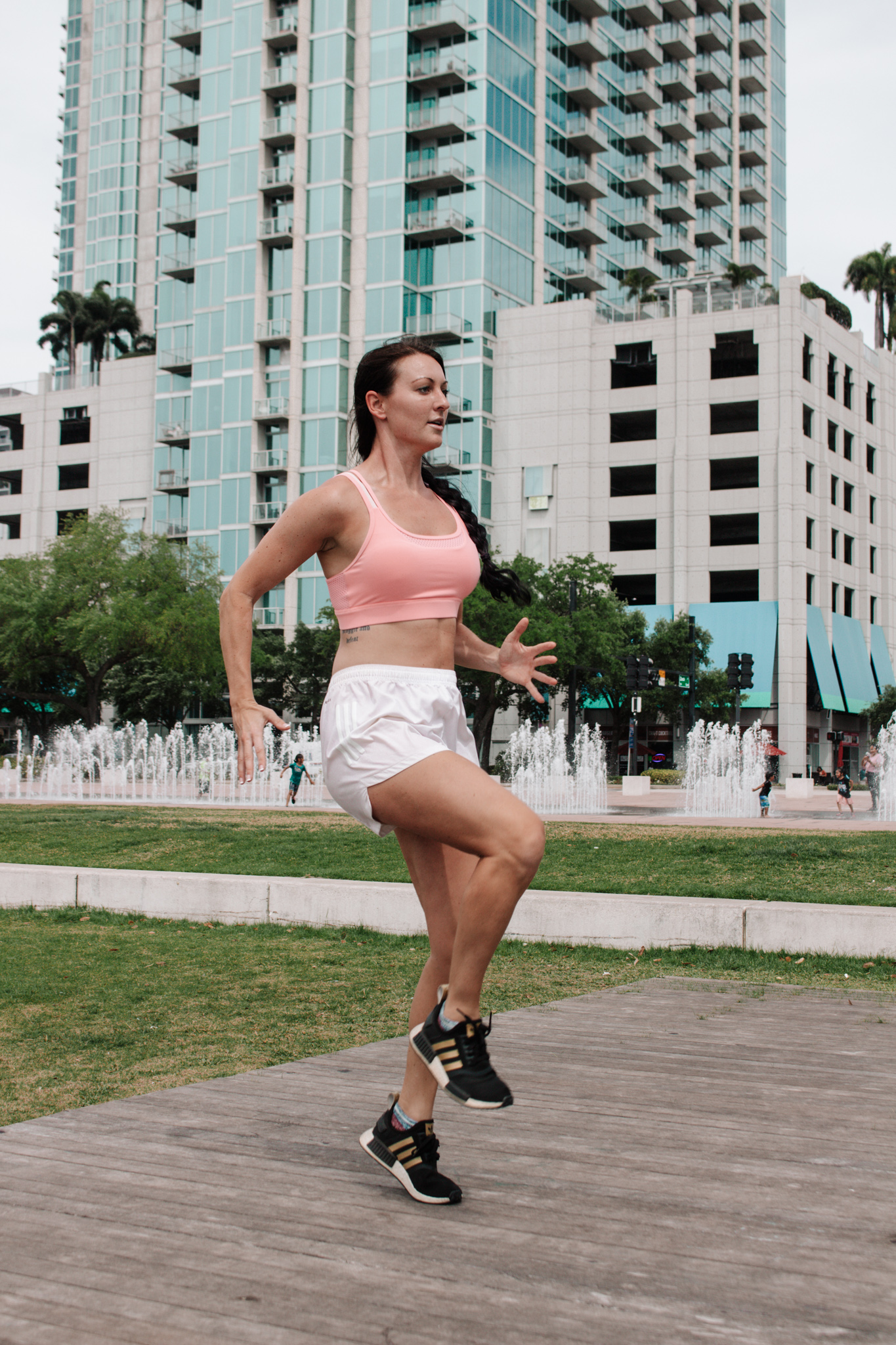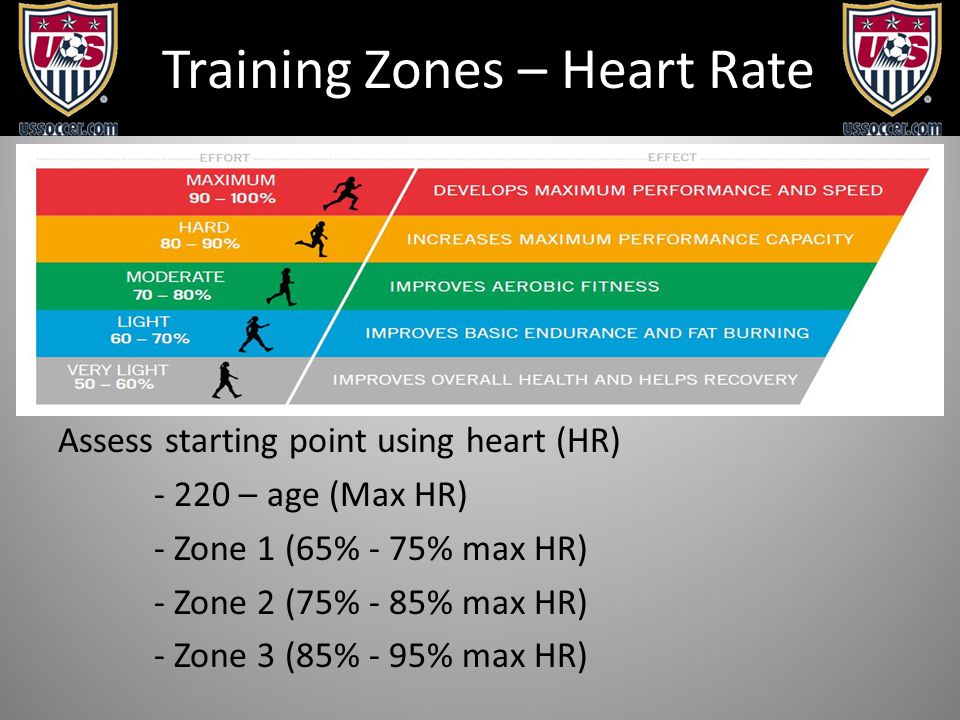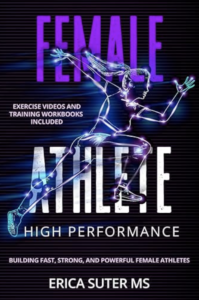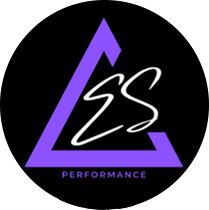
11 Jun Hardcore Off-Season Conditioning for Youth Girls Soccer Players
I was oscillating between the words “intense” or “serious” or “soul crushing” to precede the title to this post.
Hardcore seemed to be the most attention grabbing as well as most suiting. Though it’s not good for SEO purposes, I don’t care. I’m ready to turn this post into a hardcore break down of how speed and conditioning should look like for the committed soccer player.
To narrow in more on who this article is for:
– The off-season soccer player
– The off-season soccer player who isn’t doing a million ID camps every week
– The off-season soccer player who wants to evade the slow long distance runs and actually improve
There.
I said it.
If you’re a youth soccer player who has trotted on mile runs while listening to Selena Gomez, you’re 1. slowing down and 2. not preparing for the anaerobic and speed demands of the game.
If you're a youth soccer player who has trotted on mile runs while listening to Selena Gomez, you're 1. slowing down and 2. not preparing for the anaerobic and speed demands of the game. Share on XBefore the endurance zealots come at me, hear me out: the average youth soccer player has already ticked the aerobic fitness box. Whether this has been through being in the aerobic zone (70-80% of HR max) during warm-ups, technical drills with skills trainers, and just being a kid and swimming at the pool in the summer.
The zones, however, that aren’t covered as much are anaerobic (80-90% of HR max) and max effort (90-100% of HR max).

When an athlete is in these zones, they should not be able to hold a conversation, and their lungs should feel an uncomfortable burning.
If a youth girls soccer player wants to be conditioned and in tip top shape, they have to push themselves through a stimulus that is higher than the game.
There are a couple methods to achieve this:
– Speed endurance training (producing maximal effort runs as frequently as possible without fatigue, and avoid second half fatigue and wane in speed) 20-40 seconds with a work to rest of 1:5
Can do full field Tempo Runs for 8-10 reps at 80-85% of HR max, rest down to 70% then go again.
Or you can do 60 yard shuttle runs (30 yard down and back), until up to 80-85% of HR max, rest down to 70% then go again.
– Repeated sprint (perform repeated max effort sprints and recover quickly) < 10 second duration with a work to rest of 1:3
For these, I like to vary the types of sprints to incorporate quickness in the feet, as well as the brain. Variety is always good here, especially if the movements translate to the game:
– Hating Life Anaerobic capacity
As off-season progresses into the game specific phase, then the conditioning can encompass higher heart rate (90-100%) and add the change of direction components, while also decreasing rest time (work to rest is 1:1 or if you want to go really hard 2:1)
When you reach the target heart rate zones in these drills, then you see 1. how much you’ve either been slacking in your conditioning or 2. how out of shape you actually are.
I hate to come off harsh, but soccer players spend far too much time doing long distance running that slows down their game and ignores the sharp cutting movements under max effort. Too, it gets them into whacky jogging movement patterns that are useless when it comes to the most game changing actions – sprinting onto a diagonal ball, bolting past a defender, executing an exuberant counter attack.
Long distance running gets them into whacky jogging movement patterns that are useless when it comes to the most game changing actions - sprinting onto a diagonal ball, bolting past a defender, executing an exuberant counter attack. Share on X
ABOUT THE AUTHOR

Erica Mulholland is a former college 3x All-American soccer player and now Hall of Famer from Johns Hopkins University. She holds a Master of Science in Exercise Science and has been helping female athletes of all sports with speed, agility, strength, power, and conditioning for over 13 years. She has worked with soccer, lacrosse, track, volleyball, softball, and basketball girls, and has inspired her athletes to strength train not just for sport, but for life.
Her athletes have gone on to play college sports at University of North Carolina, University of Maryland, Pittsburgh, University of Southern California, University of Detroit, Mercy, Northwestern, Eastern Carolina University, Georgetown, West Point, University of South Florida, University of Charleston, MIT, Johns Hopkins, Carnegie Mellon, Rutgers, Towson University, and have gone on to play for professional various clubs in Europe.
Of course, she is proud of her athletes who made it to the college and pro levels, but she is most proud of her girls who stick with being strong and healthy for a lifetime. The training she does is about getting into good habits young, so girls can take these tools with them even after sports end.
Need more personalized help from Erica? BOOK A CONSULT HERE

Interested in Remote Training for Female Athletes? BOOK A CONSULT HERE
Get Erica’s first book THE STRONG FEMALE ATHLETE
Get Erica’s second book FEMALE ATHLETE HIGH PERFORMANCE

Check out her podcast: The Strong Female Athlete
To learn about theory behind youth physical development and get sample circuits and warm-ups for your team, GET TOTAL YOUTH SOCCER FITNESS HERE.


No Comments